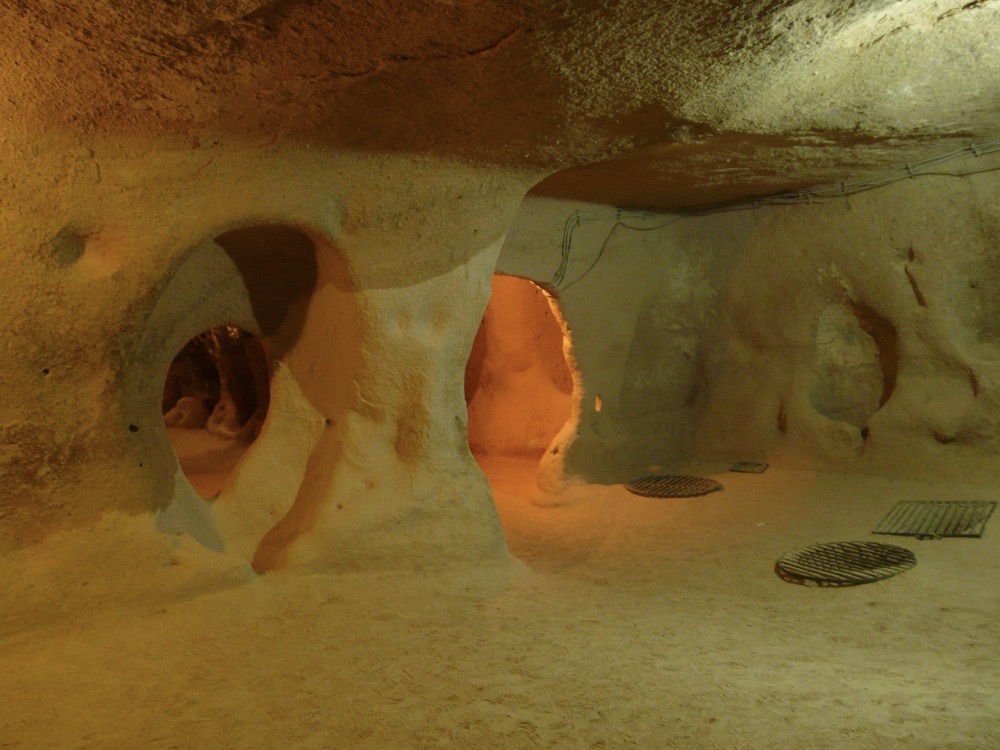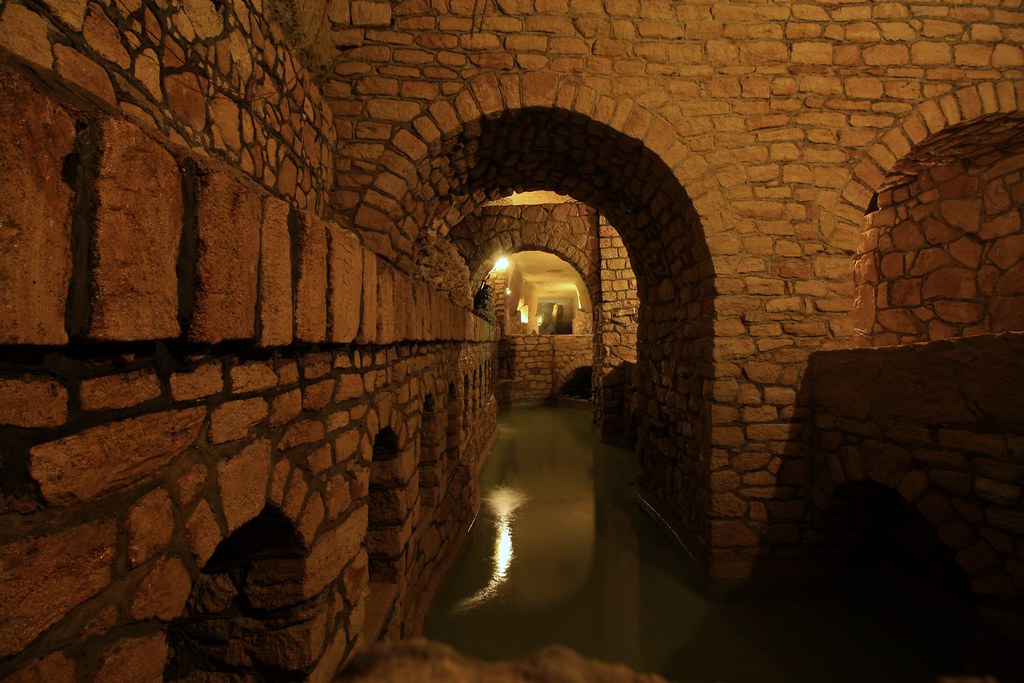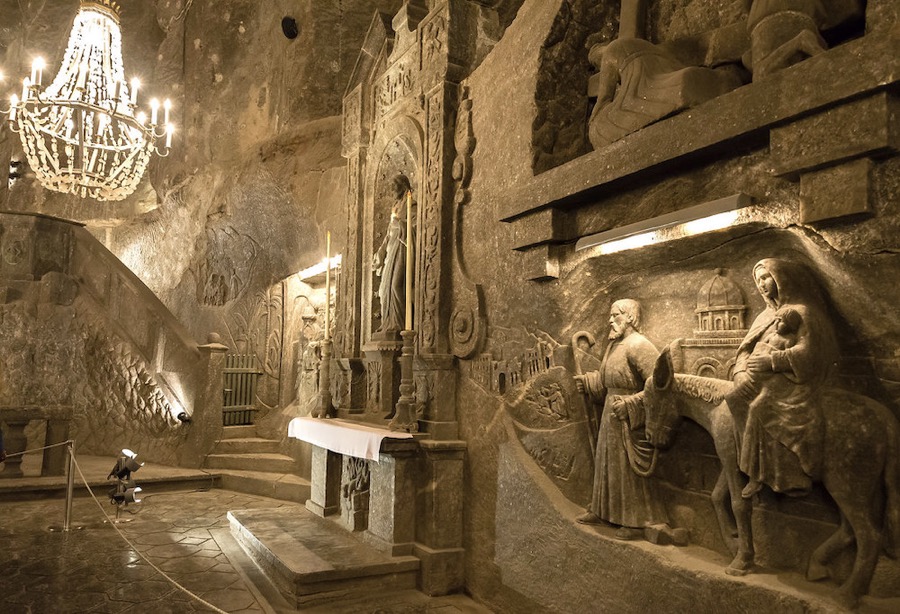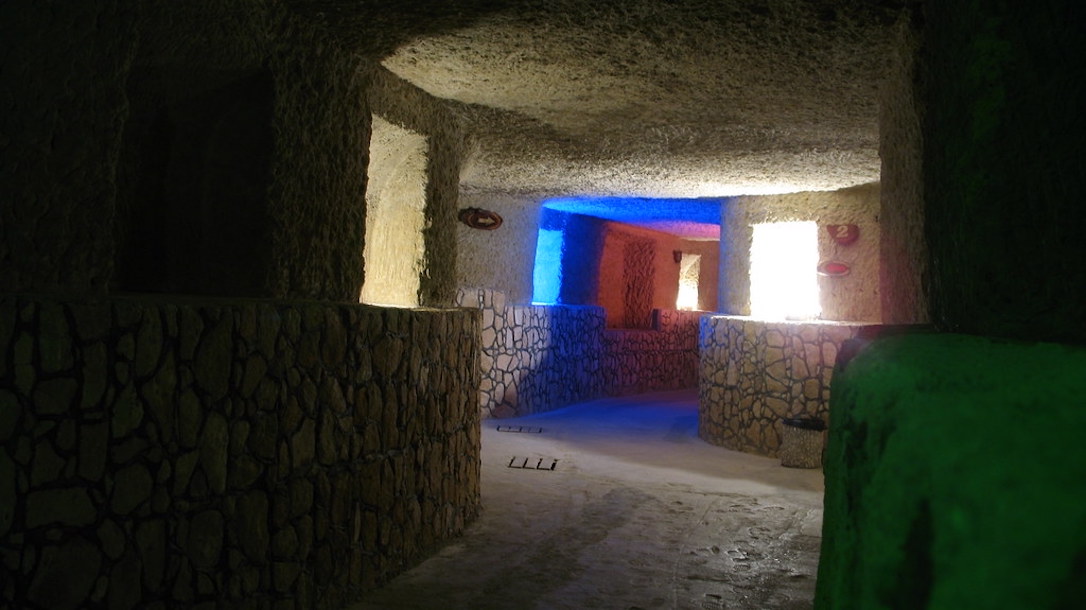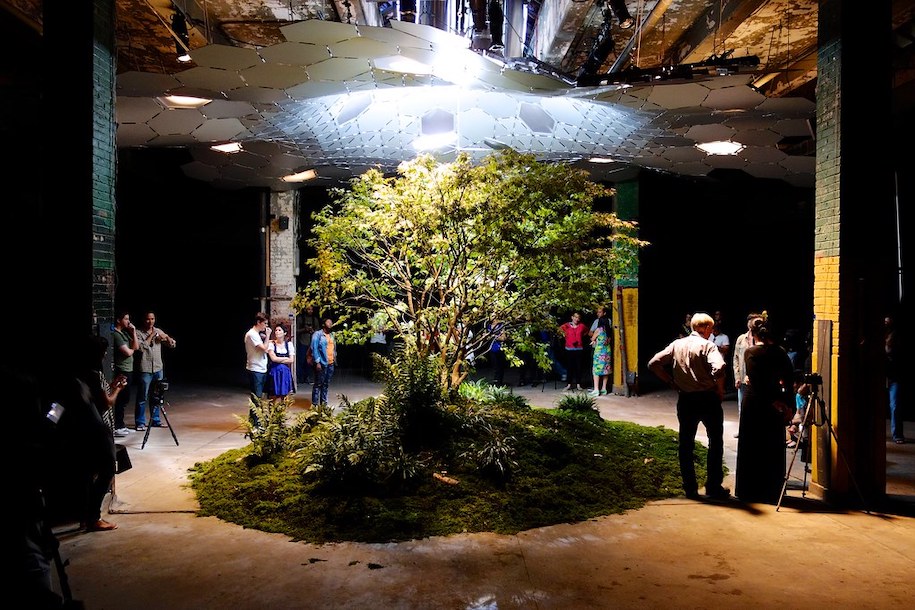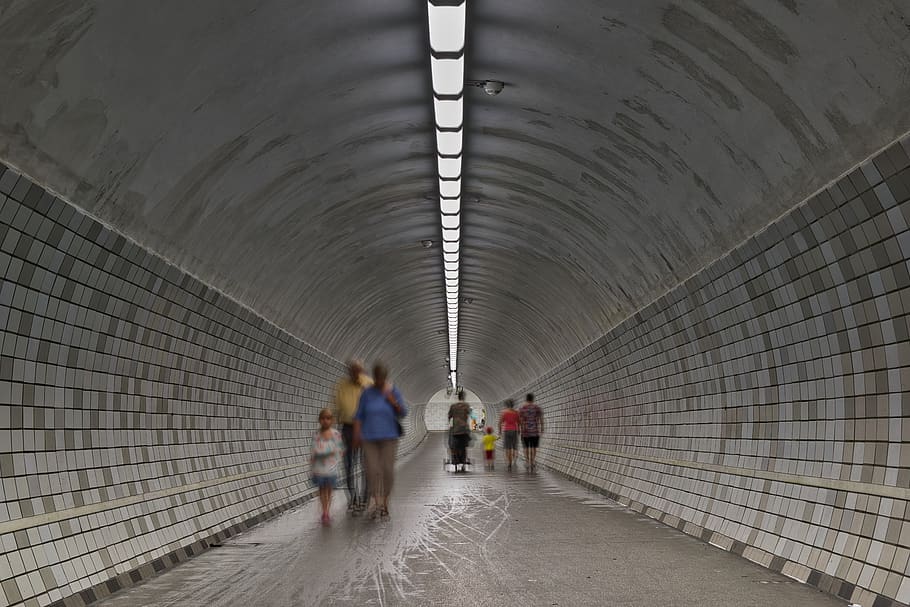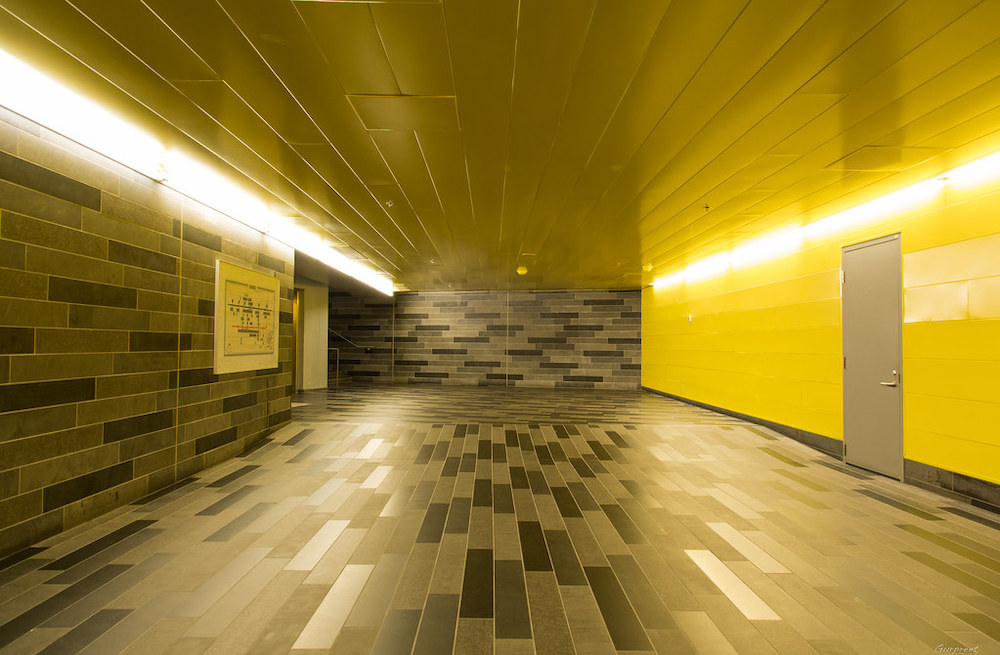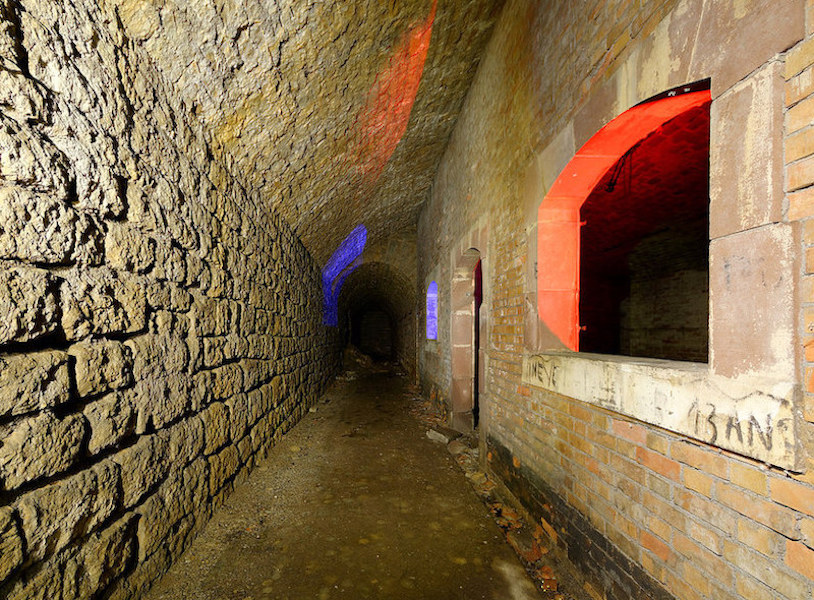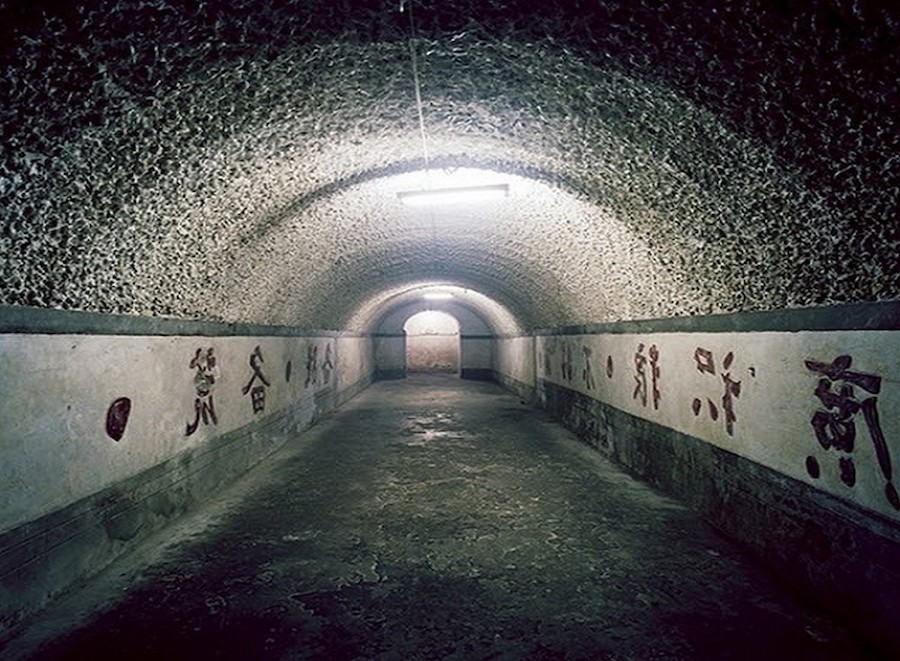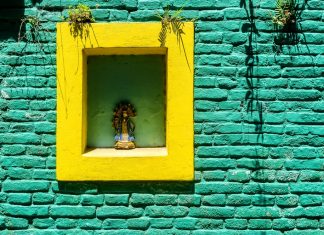We tend to think of cities as great agglomerations of buildings and people whose buildings sometimes even rise to the sky. But underground cities have not only been around for centuries, they are also seen as the option of the future. At Exoticca, we have selected a few examples.
Derinkuyu, Cappadocia (Turkey)
We quote Derinkuyu, but Turkey, especially the Cappadocia region, is dotted with underground cities that were built eight centuries BC. In reality, Derinkuyu means "deep well". More than a city, it is an 18-storey labyrinth that can accommodate 20,000 inhabitants. There are kitchens, a cellar, ventilation ducts, and of course, wells. It is assumed that it may have served as a refuge in times of war.
Underground galleries, Naples (Italy)
Forty meters below the metropolis are the underground cities that were once Naples and which serve as the backdrop for the film "Eat, pray, love".
The remains of Greek and Roman cities built on this site still show cobblestones, market stalls, the ruins of an aqueduct, and a Roman theater.
Wieliczka Salt Mines, Krakow (Poland)
The Wieliczka salt mines contain much more wealth than the word mine suggests. They currently consist of nine floors, three of which are open to the public.
Its galleries are so impressive that they could not be excluded from our list of underground cities. They include a statue of John Paul II and you have the option of attending an underground mass.
The historic underground city of Pilsen (Czech Republic)
The legend of the city of Pilsen says that a treasure is buried somewhere in the 20 kilometers of underground passages that cross the basement of the city.
The network is made up of wells and corridors which are now used to store food and, above all, beer barrels. It is said that at one time, they were used to escape in the event of an attack on the city.
Lowline, New York (United States)
New York is one of the cities that has developed with its eyes on the sky, so why is it on our list of underground cities? Because the town hall of this city has already approved the urban plan which provides for the creation of the first underground park in the world. It should occupy an old railway tunnel, now abandoned, and the project includes a forest that will grow underground, certainly, but bathed in sunlight
The architects and engineers involved will depend on technology to ensure air quality and to maintain constant temperatures. The park will extend over 4 hectares.
Shanghai Tunnels, Portland, United States
Without leaving the United States, we reached the Shanghai tunnels. Magic? No. Shanghai Tunnels is another name for the Portland Metro, a complex network of corridors and tunnels that linked Chinatown to the rest of the city.
You might think of their usefulness during the Dry Law, but the truth is that they used to bring provisions directly to bars and restaurants since this underground city was connected to the river. Today it can be visited, although many tunnels are clogged with debris from various public works.
RESO, Montreal (Canada)
No historical vestiges, nor underground cities of the future. The cold Canadian winters forced the country to take drastic measures. One of them is the construction of underground cities. Réso is part of Montreal and is home to many stores, hotels, restaurants, galleries, and even seven metro stations. Not to mention a residential building, a library, and a cinema.
In addition, its construction predates that of Dixia Cheng, since the first areas were built-in 1962. Today, it has more than 120 entrances and around 32 kilometers of tunnels.
Moose Jaw Tunnels, (Canada)
Unlike the other underground cities on this list, Moose Jaw Tunnels tell a less pleasant story. Its construction dates back to the time when Canada introduced the tax for Chinese immigrants.
The reason for this tax was the government and Canadian citizens feared that there would be a wave of immigration and that Canadians would lose their jobs. Citizens of Chinese descent who could not pay the tax were forced to live in hiding and work outdoors in exchange for food.
The city of Dixia Cheng, Beijing (China)
New York City may have planned the underground park of the future, but Beijing is ahead of it. One of the world's first underground cities was established in the 1970s: Dixia Cheng. It occupied an area of 77 kilometers and had all kinds of services, from hairdressers to schools and even an ice rink. Built to serve as a bomb shelter, today it has become a tourist attraction.

